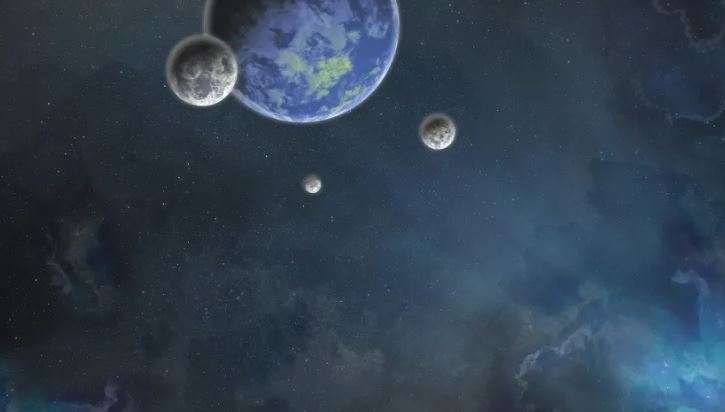Although not too many details have been revealed about the new alien life-finding telescope, this device already has a name: Habitable Worlds Observatory (HWO).
The James Webb Space Telescope (JWST) was launched into space just last year and NASA is already thinking of putting a new telescope into orbit, but to look for life on other planets.
As reported in Science magazine, NASA is planning an optical telescope as big as the Webb, but with a new big goal: to search for signs of life on Earth-like planets, perhaps in the early 2040s.
This week, at a meeting of the American Astronomical Society, Mark Clampin, director of NASA’s astrophysics division, explained to attendees that not many details have been established about the telescope, but he anticipated that like the JWST, it will be located at L2, a gravitational balance point 1.5 million kilometers from Earth.
Unlike the JWST, however, the new telescope will be designed to receive robotic maintenance and upgrades, which could allow it to function for decades, improving with age.
Although Clampin didn’t give too many details about the new alien life-finding telescope, this device already has a name: Habitable Worlds Observatory (HWO).
Decennial Survey of Astronomy
According to Science, the decennial survey of astronomy, a community-led wish list that guides funding agencies and policymakers, in the next few years should launch a new telescope capable of detecting signs of life in 25 nearby Earth-like exoplanets, the minimum needed to statistically confirm whether life is common in the Galaxy.
According to the specifications, it should be a 6-meter telescope sensitive to ultraviolet, optical and near-infrared wavelengths, at a cost of 11,000 million dollars, which should perform general astrophysics, in addition to the search for life on other planets.

